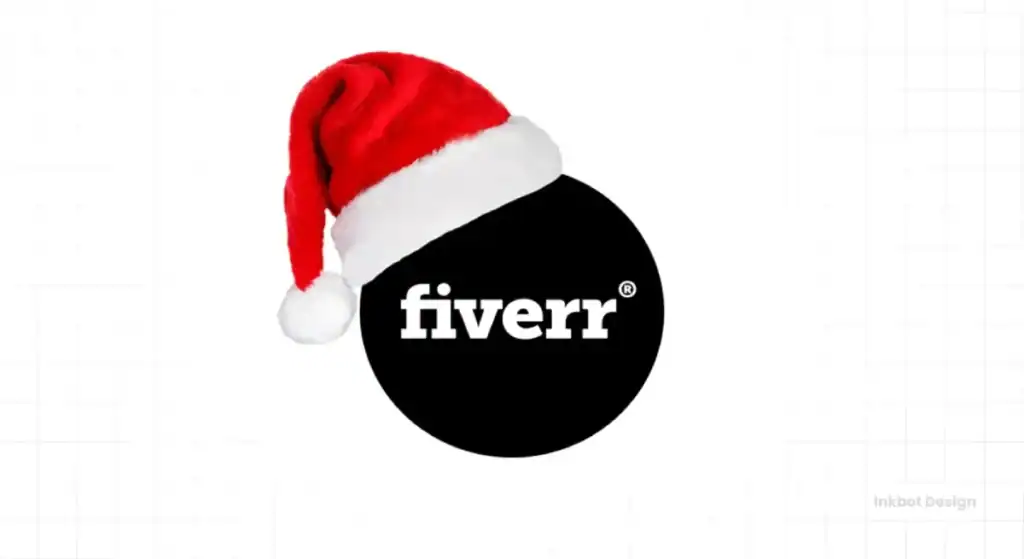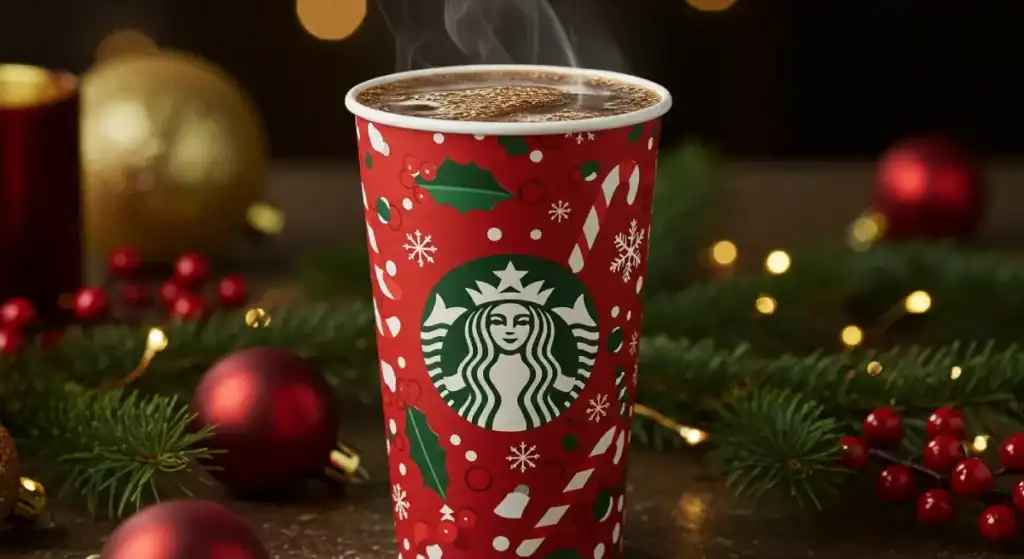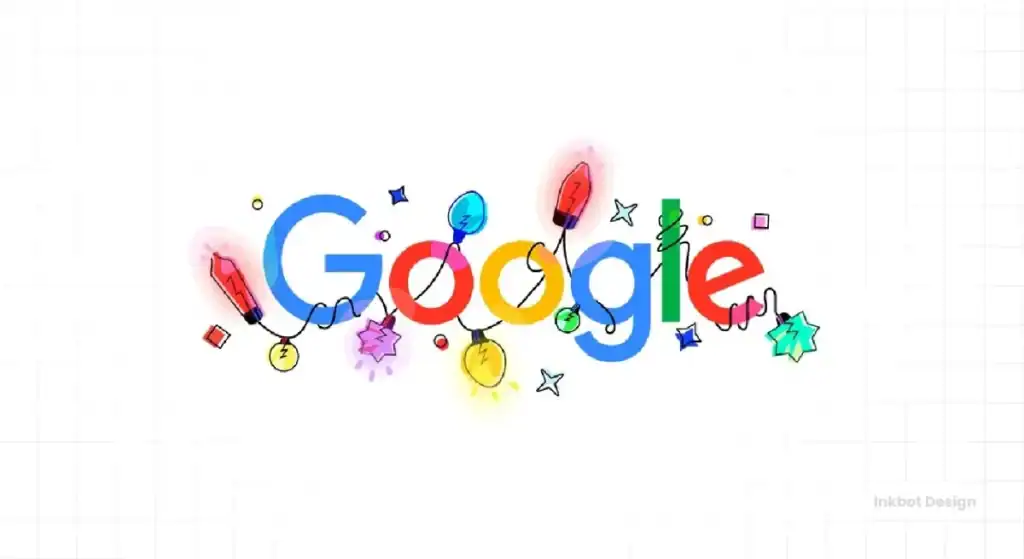Seasonal Branding: A Strategic Investment or a Waste of Money?
A lot of ‘seasonal branding’ is pretty terrible.
It’s a frantic, last-minute scramble that results in tacky logos, confusing messaging, and a cheapened brand experience. It’s driven by the fear of missing out, not by a coherent strategy.
You see a competitor throw some holly on their website and suddenly feel an intense pressure to do the same. So you get your nephew who “knows Photoshop” to put a Santa hat on your logo.
Job done? No. You’ve just told the world your brand is generic and reactive.
- Seasonal branding can dilute brand identity without a clear, strategic goal.
- Avoid superficial changes; focus on how seasons can reveal brand personality.
- Do not mimic larger brands without their strategic framework; authenticity is key.
- Good seasonal branding is subtle, reinforcing core messages instead of overshadowing them.
- Always plan transitions back to core branding to maintain a professional image.
- Let’s Be Brutally Honest: What is Seasonal Branding?
- The Alluring Trap: Why Most Businesses Get It So Wrong
- The Acid Test: Should You Even Bother?
- A Strategic Guide to Doing It Right (If You Absolutely Must)
- Real-World Examples: The Good, The Bad, and The Painfully Obvious
- The Inevitable Hangover: Managing the Transition Back
- A Final, Blunt Observation
Let’s Be Brutally Honest: What is Seasonal Branding?

Before you touch a single pixel, you need to understand the distinction between two very different things.
It’s Not Decorating Your Business
Putting up tinsel in a shop is decorating. Changing your website’s background to falling snow is decorating. It’s superficial. It’s noise.
Seasonal branding is not decorating. It doesn't exist just to look “festive.” If that's your only goal, save your money.
It’s a Strategic Nod, Not a Complete Makeover
Proper seasonal branding is a temporary, contextual layer that reinforces what your brand already stands for.
It uses the season as an opportunity to show a different facet of your brand’s personality, to connect on a more human level, or to highlight a product’s relevance in a new context.
It’s a subtle nod to your audience, not a desperate scream for attention. It’s the difference between a well-tailored suit with a tasteful pocket square for a special occasion, and turning up to a wedding in a full Santa costume.
One is clever. The other is an embarrassment.
The Alluring Trap: Why Most Businesses Get It So Wrong
The impulse is understandable. Holidays are on the horizon. There's a buzz in the air. You want to be part of it. But this impulse is a trap, and most small businesses fall into it.
The Fear of Being Left Out
You see the big players rolling out their massive Christmas campaigns and feel anxious. The thinking goes: “If Coca-Cola is doing it, I must do something.”
This is a fallacy. Coca-Cola has spent a century and billions of dollars building a specific association with Christmas. Their seasonal work is the culmination of a long-term strategy. Your business, most likely, has not. Copying their tactics without their strategy is like entering a Formula 1 race with a go-kart.
The ‘Santa Hat on the Logo’ Syndrome
This is the most common symptom of lazy seasonal branding. It’s the lowest-hanging fruit, and it’s rotten. It’s a visual cliché. It shows a complete lack of imagination and tells your customers you’re just going through the motions.

A brand’s logo is its most sacred asset. Treating it like a paper doll, you can dress up for any occasion, is a huge mistake.
Forgetting Who You Are in the First Place
I once worked with a fantastic artisan bakery. Their branding was elegant, minimalist, and built around soft pastels. It communicated quality and craft.
Come October, the owner wanted to go “full Halloween.” He envisioned an orange-and-black website, with spooky fonts, and the works. I advised against it, but he was insistent.
The result? Their online sales dipped for the month. Regulars were confused. The new look screamed ‘cheap novelty shop,' not ‘premium artisan baker.' The seasonal branding had erased their core identity.
The Acid Test: Should You Even Bother?
Here’s the thing: you probably don’t need to do any seasonal branding at all. In many cases, the best move is to do nothing. Just focus on being excellent at what you do.
But if the temptation is too strong, you must put your idea through a rigorous filter. Be honest with yourself.
Ask Yourself This First: What is the Actual Goal?
And “to look festive” is not an acceptable answer. What is the business objective?
- Are you trying to drive sales of a specific, seasonally relevant product?
- Are you trying to build an emotional connection with your audience?
- Are you aiming to show a more playful side of your corporate brand?
Stop immediately if you can’t articulate a clear, strategic goal.
Question Two: Is It Authentic to Your Brand?
Does the holiday or season connect with your brand’s purpose, values, or products?
A ski resort doing winter branding? Makes sense. A chocolatier doing an Easter campaign? Obvious.
A B2B accountancy firm suddenly adopting a Valentine’s Day theme with hearts and cupids? It's cringe-inducing. It feels forced because it is moved. Your customers are not stupid; they can smell inauthenticity a mile away.
Question Three: Do You Have the Resources to Do It Well?
Good design is not cheap. A half-baked seasonal campaign is worse than no campaign at all.
Look at your budget and your timeline. Can you afford to create something that looks as professional and polished as your core branding? Or will you end up with poorly executed ideas and clip art from 1998?
If you can't do it well, don't do it.
A Strategic Guide to Doing It Right (If You Absolutely Must)
So you’ve passed the acid test. You have a clear goal, an authentic connection, and the resources to execute. Fine. Now the real work begins.

Rule #1: Strategy Before Aesthetics
Don't start by thinking about colours and fonts. Start with the message. What do you want to say? How does the season give you a new way to say it?
Your seasonal campaign should be an extension of your existing brand strategy, simply viewed differently.
Subtlety is Your Greatest Asset
The most effective seasonal branding is often the most subtle. Think of it as a 10% shift, not a 100% overhaul. The goal is for a customer to see it and think, “Ah, that's clever,” not “What on earth happened to their brand?”
Instead of changing your entire logo, could you introduce a seasonal pattern to your packaging? Could you introduce one accent colour instead of a new colour scheme?
Less is almost always more.
Beyond the Logo: Your Seasonal Toolbox
Stop fixating on the logo. There are so many other, better brand assets you can adjust. These are the tools that allow for creativity without wrecking your core identity.
- Colour Palette: Introduce a secondary or tertiary seasonal accent colour that complements your core palette.
- Typography: A slight, temporary tweak to a headline font can add personality. Be careful here.
- Imagery & Photography: This is a big one. Use seasonal photo shoots for your products or marketing materials that evoke a feeling without changing your brand.
- Messaging & Tone of Voice: Adjust your copy. An email newsletter or social media post can adopt a more festive, warm, or cosy tone.
- Packaging: Limited-edition seasonal packaging can be a massive driver of sales and desire. It creates scarcity and collectability.
Your core brand identity is a system of parts. Good seasonal branding involves tweaking the most flexible parts, not blowing up the whole system. (If your core brand identity isn't strong enough to withstand even a little tweak, that's a different problem. A strong foundation is non-negotiable, and it's what we focus on building first. You can see our approach to brand identity design here.)
The ‘Brand-First' Litmus Test
Before you approve any seasonal design, run it through this simple test.
- Cover the explicit seasonal cues. (e.g., the snowflake, the pumpkin). Is your brand still instantly recognisable? If not, it fails.
- Ask: Does this reinforce our core message? Does a spooky theme reinforce your law firm's message of trust and stability? No. It fails.
- Finally, does this look like we tried hard or were ticking a box? Be honest. If it looks cheap, it is affordable. And it will make your brand look cheap, too.
Real-World Examples: The Good, The Bad, and The Painfully Obvious
Theory is one thing. Let's look at who gets it right and why.
The Masters of the Craft: Coca-Cola & Starbucks
You can't talk about seasonal branding without mentioning these two.
Coca-Cola doesn't just put a Santa hat on its can. For decades, they have woven their brand into the emotional fabric of Christmas. Their campaigns are about togetherness, nostalgia, and happiness—feelings that align with their core brand message of “Open Happiness.” The red colour was already theirs; they just owned the season with it. It's a masterclass in long-term strategic alignment.
Starbucks and their seasonal cups are another prime example. The arrival of the red cup (or other seasonal designs) signals the start of the holiday season for many. It creates anticipation. It's a physical, shareable token of the season. Critically, the siren logo is always there, untouched. The cup is the canvas; the brand is the constant.
The Clever and Nimble: Google Doodles

Google Doodles is the perfect example of subtle, effective seasonal branding. The core Google logo is almost always legible, but it's a creative canvas to celebrate holidays, anniversaries, and notable figures.
What does this do? It reinforces Google's core brand values: discovery, creativity, knowledge, and playfulness. It never feels forced. It perfectly executes a brand using context to strengthen its identity.
The Cautionary Tales (We’ve All Seen Them)
You don't need a specific name. You know precisely what I'm talking about.
It's the local estate agent whose professional website is suddenly covered in animated, flashing Christmas lights.
The corporate consulting firm replaces the ‘o ‘ with a badly-drawn pumpkin.
It's any brand that uses generic, cheesy stock photos of families in matching jumpers, completely disconnected from their actual product or service.
This isn't branding. It's digital clutter. It signals a lack of care and undermines the brand's professionalism.
The Inevitable Hangover: Managing the Transition Back
One of the most overlooked parts of a seasonal campaign is the end. Returning to your core branding can be jarring if not appropriately handled.
Plan Your Exit from Day One
When does the seasonal campaign end? Is it the day after the holiday? The end of the month? Decide this from the start. Have your standard, non-seasonal assets ready to go. The worst thing you can do is have Christmas branding still up in mid-January. It makes you look sloppy.
Don’t Jolt Your Customers
Flipping a switch overnight can be weird if you've gone for a complete seasonal website takeover. Consider a transitional period. Maybe the seasonal elements fade over a few days, or you run a “welcome to the new year” message to bridge the gap.
The smoother the transition back to your evergreen brand, the better. It shows you're in control.
A Final, Blunt Observation
Good branding builds trust through consistency.
Seasonal branding, by its very nature, is an act of inconsistency. That makes it inherently risky. It's a high-level move that most businesses simply aren't ready for and shouldn't be attempting.
Don't do it because you feel you have to. Do it only if you have a rock-solid strategic reason, a genuinely authentic angle, and the creative firepower to execute it flawlessly.
Otherwise, just focus on being brilliant 365 days a year. That’s a strategy that never goes out of season.
If you’re tired of trends and want to build a brand that stands strong year-round, that’s what we do. Explore our brand identity services to see how we build timeless brands. Or, if you’re ready to talk specifics, request a quote here. Our observations are free; our expertise is for hire.
Frequently Asked Questions about Seasonal Branding
Is seasonal branding necessary for a small business?
No. In fact, for most small businesses, it’s an unnecessary risk. Focusing on delivering excellent products/services with a consistent brand identity year-round is a much better use of resources.
What's the biggest mistake businesses make with seasonal branding?
Making it about decoration instead of strategy. The biggest mistake is changing brand elements to “look festive” without any clear business goal, often resulting in a cheapened, inconsistent brand image.
Should I change my logo for a holiday?
Almost certainly not. Your logo is the core of your visual identity. A temporary, gimmicky change can dilute its recognition and value. It's a high-risk, low-reward move.
What are some good alternatives to changing my logo?
Focus on more flexible brand elements. Use seasonal imagery in your advertising, create limited-edition packaging, adjust your social media banners, or adopt a seasonal tone in your email marketing.
How much should I budget for a seasonal campaign?
Enough to do it properly, or nothing at all. If your budget only allows for cheap-looking graphics or a poorly executed concept, you are better off saving the money. A bad campaign does more harm than no campaign.
How do I make my seasonal branding feel authentic?
Only connect with seasons or holidays with a genuine, logical link to your brand, products, or company values. If you have to invent a convoluted reason to connect to a holiday, it's not authentic.
Can seasonal branding help sales?
Yes, if done right. A campaign for a specific, seasonally-relevant product (like a gift set for Christmas or a special flavour for autumn) can create urgency and drive sales. The key is that the product and promotion feel natural for the season.
How do I know if my seasonal branding was successful?
Refer back to your original goal. Did you want to increase sales of a specific item? Measure that. Did you want to increase social media engagement? Check your metrics. Without a goal, you can't measure success.
When is the best time to plan for a major holiday like Christmas?
Months in advance. August or September is not too early. Good campaigns require strategy, creative development, and production time. Last-minute efforts always look last-minute.
What if my competitors are all doing seasonal branding?
Let them. Your goal is not to copy your competitors, but to build the strongest brand in your category. While they are busy chasing fleeting trends, you can focus on building lasting trust and recognition through consistency. Let their brand look chaotic while yours symbolises stability and quality.

